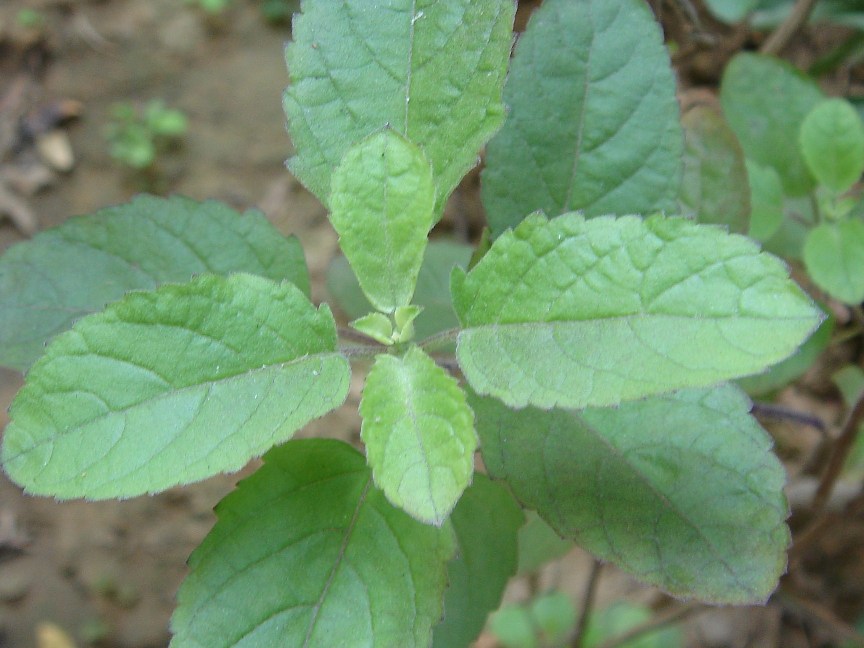Medicinal Plants
-Geeta Verghese
Indian medical systems, like the ancient science of Ayurveda, have always been aware of the
medicinal value of plants. Through millennia of observation, trial and error and oral tradition, the ancients mastered a body of knowledge that is now being systematically researched. The more scientists delve into the bioactive agents of traditional medicine,
the more they appreciate that our ancestors knew more about the science of healing and preventive medicine than we have often given them credit for.
The World Health Organisation (WHO) estimates that nearly 80% of the population
of developing countries relies on traditional medicines, mostly plant drugs, for their primary health care needs and millions of rural households use medicinal plants in a self-help mode.
As interest in natural healing grows, more and more people are turning to traditional
herbal remedies for relief from pain and disease. Consequently, the demand for medicinal plants is increasing in both developing and developed countries due to growing recognition that these natural products are non-toxic, have no side-effects and are easily
available at affordable prices.
India is endowed with a rich variety of medicinal plants particularly in the eastern
Himalayas and the Western Ghats, which are among the 18 crucial regions of bio-diversity in the world. There is an impressive list of medicinal plants that are native to the Indian soil. Some of these are:
Neem (margosa)-
A decoction of neem leaves helps cure fever, liver problems, and skin diseases, while an extract of neem is a powerful insecticide.
Amla (emblica officinalis)
– one amla is said to have more vitamin C than a dozen oranges. It cures respiratory problems and rejuvenates both the body and hair.
Tulsi (Basil)
–It protects the throat, skin, digestive and respiratory tracts. It acts as an insect repellant.
Methi (Fenugreek)
- It is effective in the treatment of high blood pressure and cures certain types of arthritis.
Aloe
– contains Allenton known for its healing properties. When applied externally to burns, rashes, inflammations and other painful skin conditions it gives
excellent results.



Tulsi Neem Aloe
India not only has a wealth of medicinal plants, but the knowledge handed down through
generations, also has a host of do's and don’ts laid down for collecting the required portions - leaves, roots, fruit etc. of these plants. How an herb is grown and gathered affects its qualities. Thus plants collected for medicinal use should have no impurities
nearby and the location should be far away from a graveyard or cremation ground. Likewise, there should be no termite mounds in the vicinity. On no account should an insect infested plant be picked. And, significantly, plant material is to be gathered at its
freshest, that is, early in the morning.
Thus, studying ancient texts and examining traditional knowledge about medicinal plants, offers
scientists a virtually untapped reservoir of potentially useful sources of drugs, which can be used to provide affordable medicines to the world’s population in the new millennia.